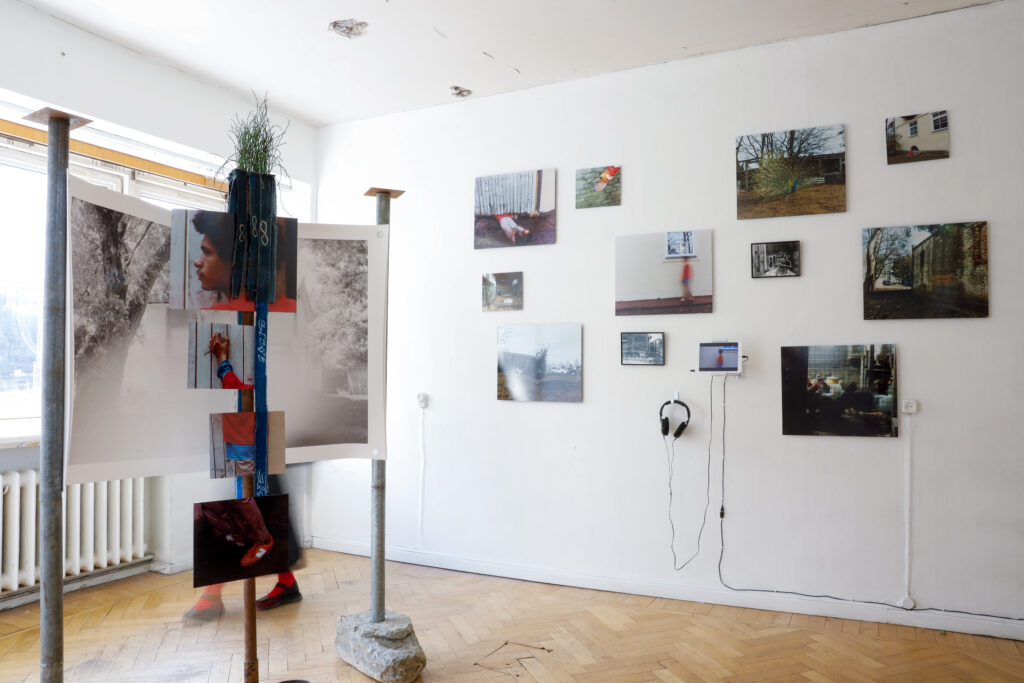
An Interview with Noah
Noah is a passionate analog photographer with nearly 15 years of experience in film photography, he has honed his skills through various projects. Currently completing his Master’s degree at the Estonian Arts University, Noah has focused his thesis on the intersection of graffiti, his identity, and the cultural history of Estonia. His work is deeply influenced by his hands-on approach to photography, utilizing the AGO Film Processor to bring his artistic visions to life. Noah aspires to teach analog photography in a University in the United States, sharing his love for the craft and its timeless appeal.
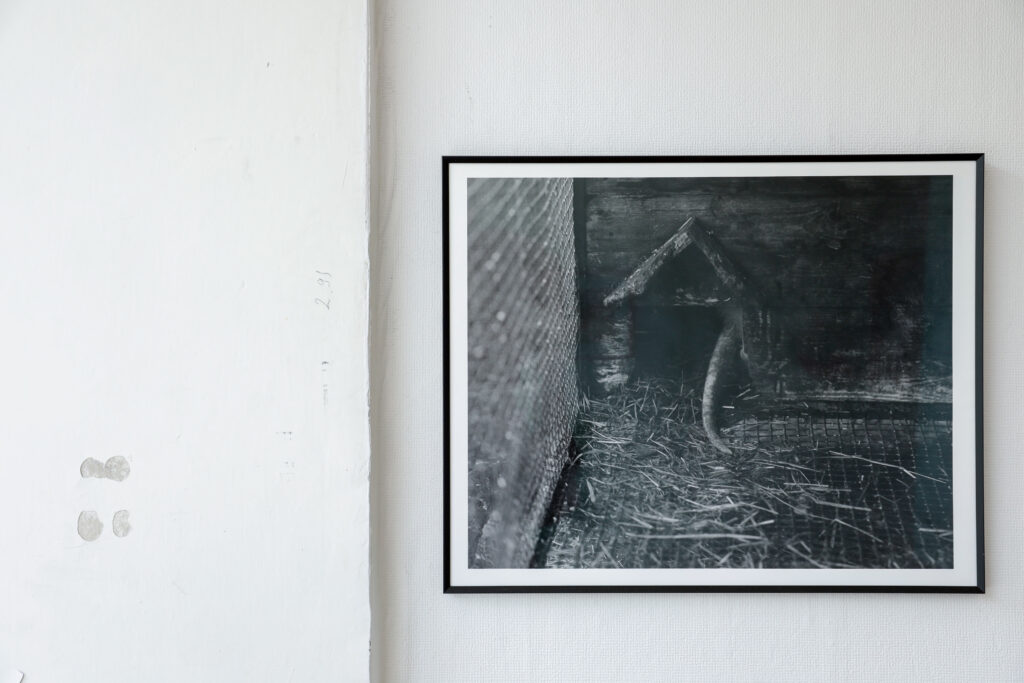
Where are you from and what brought you to Tallinn?
I am originally from New York City. I came here to study, which is obviously a weird answer because Estonia is so far away from USA. I was looking for a study program in Europe, which would be cheaper but still offer a high level of education and then I saw an advertisement for a program on Art and Education and it seemed like a good idea since This program was the best overall, both financially, and in terms of quality of education, and I am really happy with my choice.
What introduced you to analog photography?
I have been doing analog photography for almost 15 years now since I was 14-15 years old. It started with me taking a class at the International Center of Photography when I was 15. My high school art teacher told me about the courses they have there. So I did some research and then I started with Black and White 101 there and continued taking classes one after another. Classes like Black and White darkroom, color darkroom, and eventually a year-long program. In total, I did two years of darkroom photography while still a high school student.
Does analog still keep you excited?
Yes, it’s something that has traveled with me throughout my entire life and probably the most solid thing that has been with me. I can really rely on it to keep me happy. It’s been a stable hobby, and now I am trying to turn it into something more. So teaching analog is what I hope to be doing next.
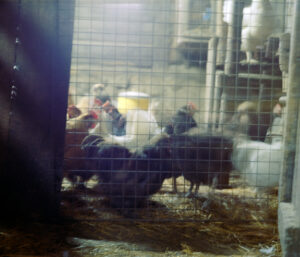
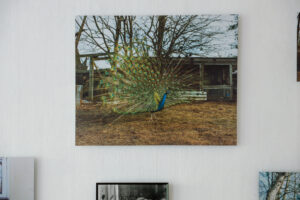
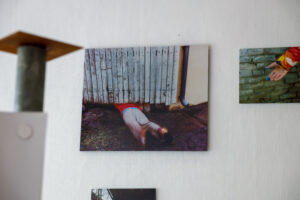
What keeps resonating with you about analog photography?
I think it’s the process itself that intrigues me. Despite being more laborious, annoying, expensive, and sometimes problematic, there’s something fundamentally satisfying about it. You don’t get exactly what you want, but there’s joy in the unexpected.
Regarding your master’s thesis here, what was it about?
It’s about my experience in Estonia, the local graffiti and its history, my identity in Estonia, and my place as a black person and foreigner in Estonia. It’s about how different aspects of Estonian culture have affected me and what artistic strategies I have developed. My work combines photography and performance documentation, with a significant focus on Ülo Kiple, the first graffiti writer in Estonia. His unstable figure in cultural history intrigued me, and my research and photography sought to explore and document his legacy and its connection to my own experience.
Initially, I wanted to make a film. But as I started, I realized it wasn’t the right approach. It was too structured for me to feel free. Instead, I photographed the individual scenes I had previously planned, creating sorf of a patchwork of the film I initially envisioned.
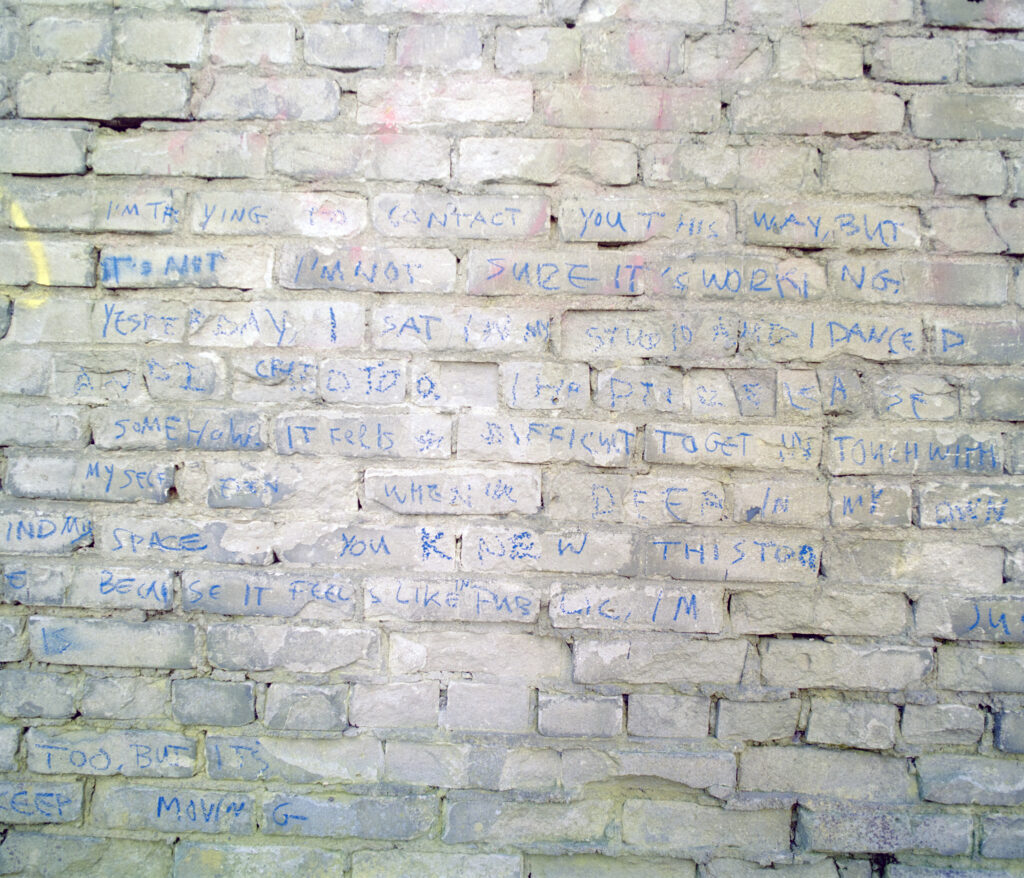
Did you focus only on Ülo Kiple, or were there other aspects?
I mainly focused on Kiple as a way to relate to my own place in Estonian history. My thesis explored whether I could find my place here through his story. I photographed my journey through these motions.
What was the most interesting finding in your research?
I went to Luua Metsanduskool (Luua Forestry School) and looked through his school records, which showed the progression of his grades, his teachers comments about him and I could really see his eventual mental breakdown. It was affirming to see him as a very real person who just got sick. He lived a troubled life, writing manifestos on the streets, getting institutionalized, and struggling with mental illness until his death at the age of 27.
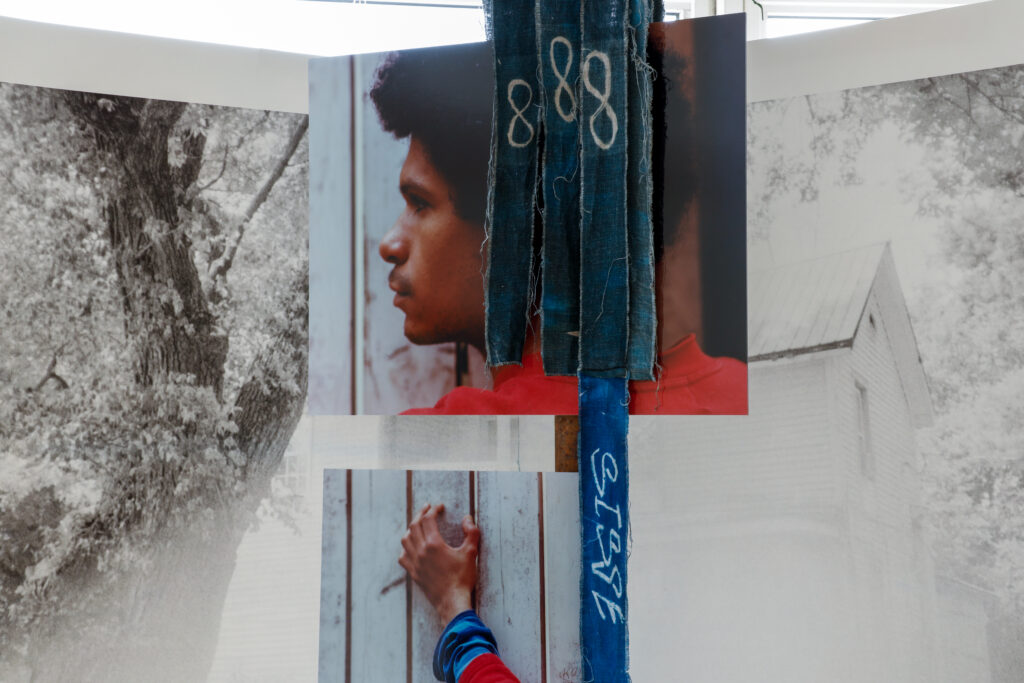
What made you decide to use the AGO film processor for your thesis work?
The AGO Film Processor was crucial in my thesis work. Its availability at the Estonian Arts University made developing C-41 film easy and cost-effective. Processing 25-30 rolls of film myself would have been so expensive without AGO. The AGO Film Processor enabled me to handle this large volume of film efficiently and make the work the project needed enjoyable. The convenience and reliability of the AGO were significant factors why I decided to do the whole project sing C-41.
How would you describe using AGO?
I first saw the AGO last summer. Jaanus (Beta supporter of AGO) showed me the film processor, and initially, I didn’t grasp its full capabilities. Once I used it for large format film, it was like magic. The AGO processor simplified the process, especially for color film, where temperature control is crucial. I realized there was no better way for me to develop my the rolls of film I had shot.
You had previous experience developing C-41 film. How big was the difference when you discovered the temperature compensation feature?
I had not hand-processed C-41 film before AGO. The first time was with AGO, and I always thought it was too complicated because everybody says it is. I watched a lot of Youtube videos before explaining how to hand-process C-41 and the conclusion for me was always that its too hard. However, using AGO was easy and enjoyable. I loved the tactile parts of developing, like heating the water and handling the chemicals, making the process more real and satisfying.
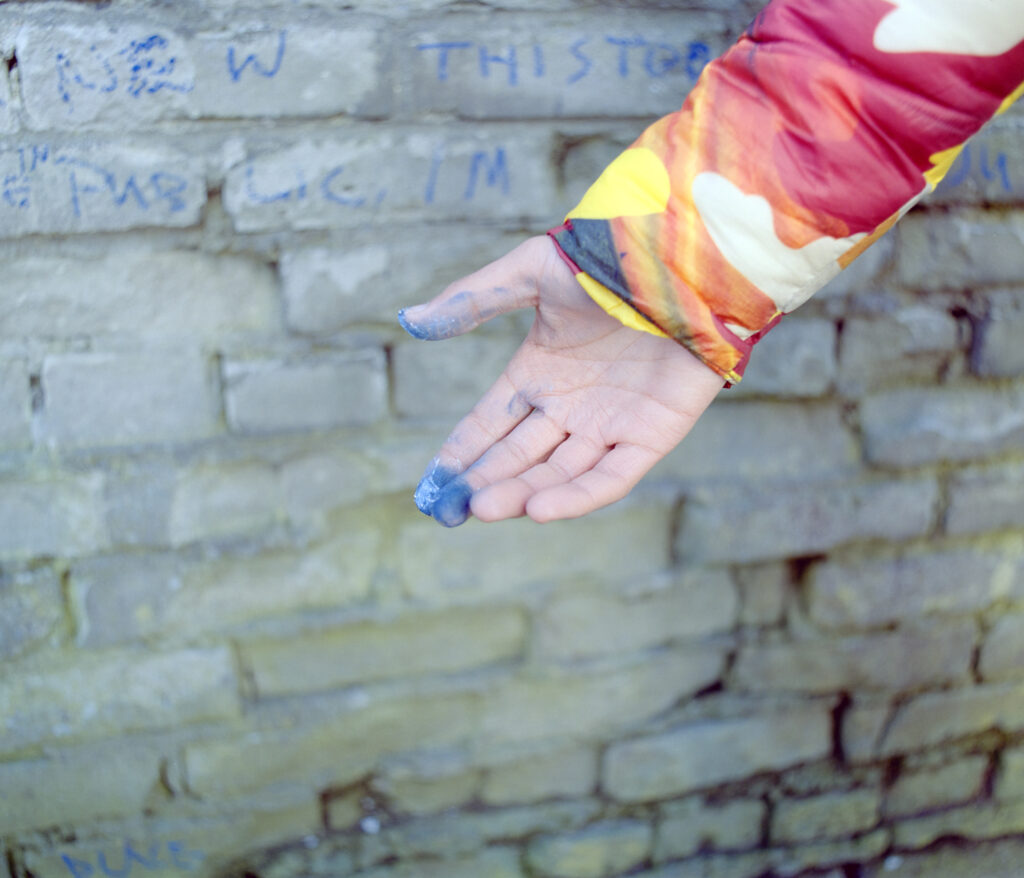
You also ran a workshop at EKA (Estonian Arts University) on color printing. How did that go?
Yes, I had the opportunity to teach a color darkroom class to second-year BA students. It was the first class taught with the AGO film processor. The machine made the film processing process intuitive and straightforward, and the students enjoyed it. There should definitely be more AGO processors in schools. Its really easy to understand.
I know you want to become a teacher in the US, is Estonian education equal to a US education? Do you need something extra on top of it now to become a teacher?
I truly don’t know. I have my CV, credentials, qualifications, and references. I don’t know the specifics, but I think I need to go through some process to transfer the education.

See Noah’s work here – https://drive.google.com/drive/folders/1_kpSJgyTkXKzu92i0PA67aA-ntPhpWAF
Noah is looking for an opportunity to share his teaching expertise in the United States. If you have an opportunity you would like to share with him, you can contact Noah at: noah.morrison@artun.ee
Instagram: @noahemorrison
